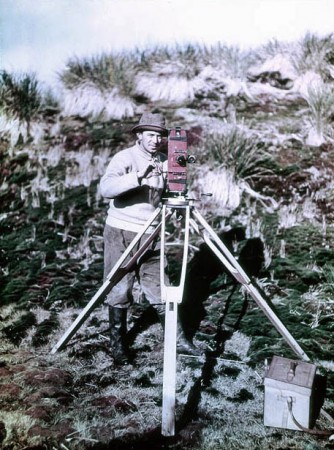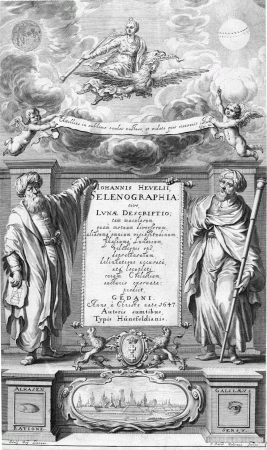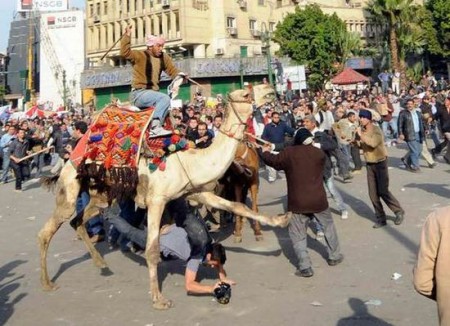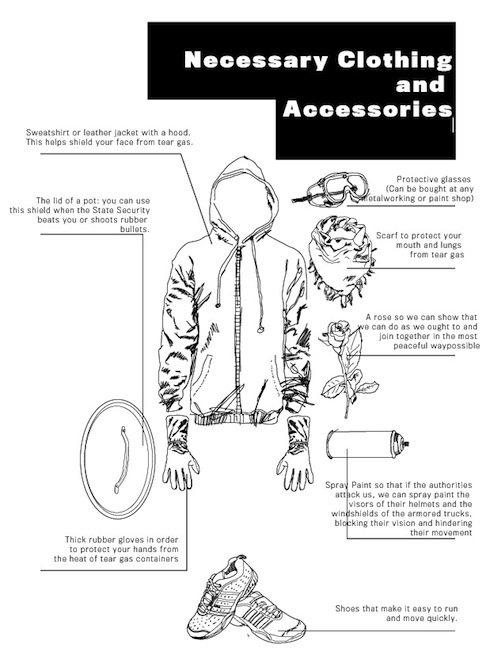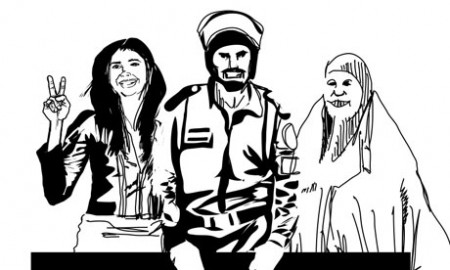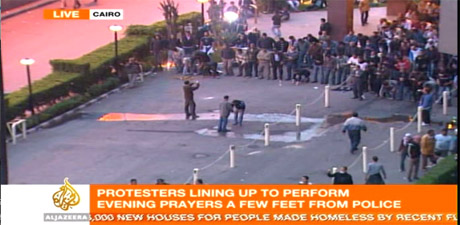
Shackelton’s Antarctic expedition remains one of the most ridiculously epic adventures I have ever encoutered. Through excellent leadership, and remarkable feats of navigation, every member of the expedition survived the destruction of their ship, The Endurance, and made their way across the harshest landscapes and oceans to find safety.
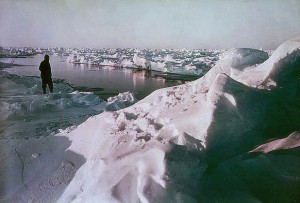
How to be a Retronaut has posted the color pictures taken by Frank Hurley, the expedition’s photographer.
According to the State Library of New South Wales, after their ship had become irretrievably stuck in the ice:
Hurley managed to salvage the photographic plates by diving into mushy ice-water inside the sinking ship in October 1915.
– State Library of New South Wales via How to be a Retronaut.
This is kind of emblematic of the dedication of the explorers on this expedition. There’s so much for middle-schoolers to learn about dealing with hardship and immense adversity. I strongly recommend the book, but little anecdotes like this one continue to impress.
